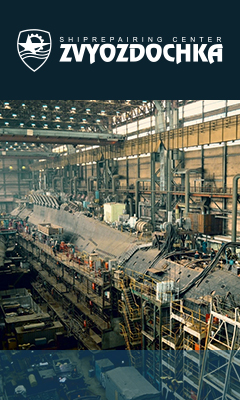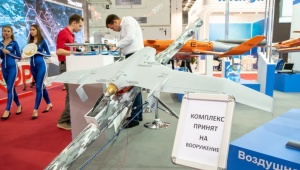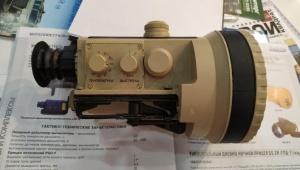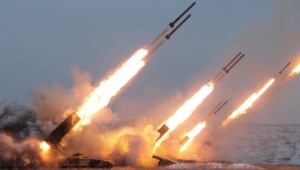Status-6 Project: What Is Really Known
Accidentally demonstrated by Russian TV channels, a self-propelled submersible, being a part of the Status-6 multipurpose oceanic system designed for "destruction of enemy’s key economic facilities", through the recent days has become one of the world’s most talked-about issues. Mil.Today has puzzled out the conflicting information about the project using official sources.
The Status-6 system is designed for "destruction of enemy’s key economic facilities on coastal areas and inflicting of the utter unacceptable damage on an enemy country through creation of vast radioactive contamination zones".
As is planned, carriers of the system will be submarines named Belgorod (Project 09852) and Khabarovsk; the first one is being rebuilt from the cruise missile carrier into the special-purpose sub, and the second one is under construction from scratch. Both subs are on the stocks of the Sevmash shipyard in Severodvinsk.
A self-propelled submersible with operation range of 10,000 km and running depth of 1,000 m must be a striking ‘muscle’ of the Status-6 system.
The Rubin Central Design Bureau for Marine Engineering was selected the head performer of the system.
What Rubin designers are famous for?
The Saint Petersburg-based design bureau is specialized in engineering of submarines and deep-sea special-purpose hardware.
According to annual official reports of the Sevmash shipyard and state contracts, developer of both Belgorod and Khabarovsk submarines is also Rubin bureau.
The bureau is experienced in designing of autonomous underwater vehicles. The Klavesin unmanned underwater vehicle saw the light in 2007. That is a deep-sea robot for exploration of seabed objects, almost 6-meter long, weighing 2.5 tons, capable to dive down to 6 km and cover 300 km without surfacing.
Are there any evidence of the ‘self-propelled submersible’ development?
A prospective autonomous underwater vehicle is really being created in the womb of Rubin bureau. That fact can be proved by tenders for R&D works regarding development of "prospective power source for an unmanned underwater vehicle", "high-pressure pumping plant for buoyancy control system of a prospective unmanned underwater vehicle", "information management systems and information technology equipment of a prospective unmanned underwater vehicle".
However, procurement docs are not quite enough to pick up more detailed information about works being performed in the design bureau, so there is no credibly telling that results of all aforementioned R&D works would help Russia to create the said "self-propelled submersible". One can easily speak about a reincarnation of the already demonstrated unmanned submersible Yunona.
Who will operate Status-6 system?
Commanding officers of Belgorod and Kharkov submarines will receive orders from the head of the Chief Directorate of Deep-Sea Research at Russian Defense Ministry, a structure separated from the Navy. Today, this post is held by the Hero of Russia, Vice Admiral Alexei Burilichev.
























